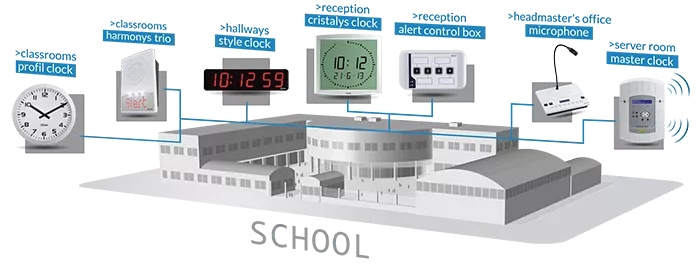Martyn’s Law – the Terrorism (Protection of Premises) Bill – received Royal Assent in April 2025 and passed into law. There will be a grace period before full implementation, providing an opportunity to begin preparations.
To help you navigate the law confidently, we outline its main points and provide some tips on how to get started.
The affected premises are divided into two groups
Martyn’s Law aims to prepare premises across England, Wales, Scotland and Northern Ireland for – and protect them from – terrorist attacks. Those that qualify are split into two tiers:
- Standard duty: reasonably expected to host 200 – 799 people from time to time, like primary, secondary, higher and further education settings
- Enhanced duty: reasonably expected to host 800+ people from time to time, for example hospitality venues or sports grounds
Educational settings cover independent schools, academies, grant-maintained/aided schools and pupil referral units. These premises are however excluded from the qualifying events category. As such, you will not need extra security for events like a concert, which may have more than 800 attendees.
The Security Industry Authority will regulate and enforce Martyn’s Law
The Security Industry Authority (SIA) has taken on the responsibility of regulator. It will establish a new regulatory function to support, advise and guide premises in meeting the law’s requirements.
The SIA will also be able to enforce action against serious or persistent non-compliance. It must prepare statutory guidance, to be approved by the Home Secretary, outlining how it will discharge its functions under the Act.
There will be a two-year grace period before full enforcement
The Home Office expects there to be at least 24 months before the legislation’s full implementation. This is to allow the SIA to set up its a new regulatory function. And to give those responsible for in-scope premises enough time to understand and prepare for their obligations.
Three steps you should take now
Confirm the “responsible person” for the premises
The responsible person is defined as “the person who has control of the premises in connection with their relevant Schedule 1* use.” Could this be the headteacher?
*Schedule 1 of the Act outlines the premises’ use, for example primary education.
Notify the SIA that you are responsible for qualifying premises
You must notify the SIA when you become responsible, and when you cease to hold this responsibility, by a specified time.
Establish appropriate protection procedures
As the responsible person you must have in place, so far as reasonably practicable, appropriate public protection procedures. Martyn’s Law mandates that four key areas are covered:
- Evacuation – making sure people get safely off the premises
- Invacuation – bringing people in from outside, or moving to a safer place within the premises
- Lockdown – securing the premises and keeping everyone safe inside
- Communication – alerting everyone on the premises to the danger and the action to take
The objective is to reduce the risk of physical harm to individuals if an act of terrorism occurs at your premises or in the immediate vicinity.
Our solution will help you boost safety for everyone at your school
Bodet Time’s flexible, customisable lockdown alert solution will help you prepare for threats and protect your school. Amongst other features, it enables you to:
- Simultaneously trigger a fully tailored alert across multiple buildings on site, via a control box, PC or smartphone
- Save time and transmit calmly by pre-recording messages (you can also make live announcements)
- Reach anyone with hearing or visual impairments, by broadcasting alerts via text display and luminous strobes
How to protect your whole school with Bodet Time’s lockdown solution

Take the worry out of planning for Martyn’s Law
Our experts will help you translate and implement the requirements so you can get on with what you do best – education.



